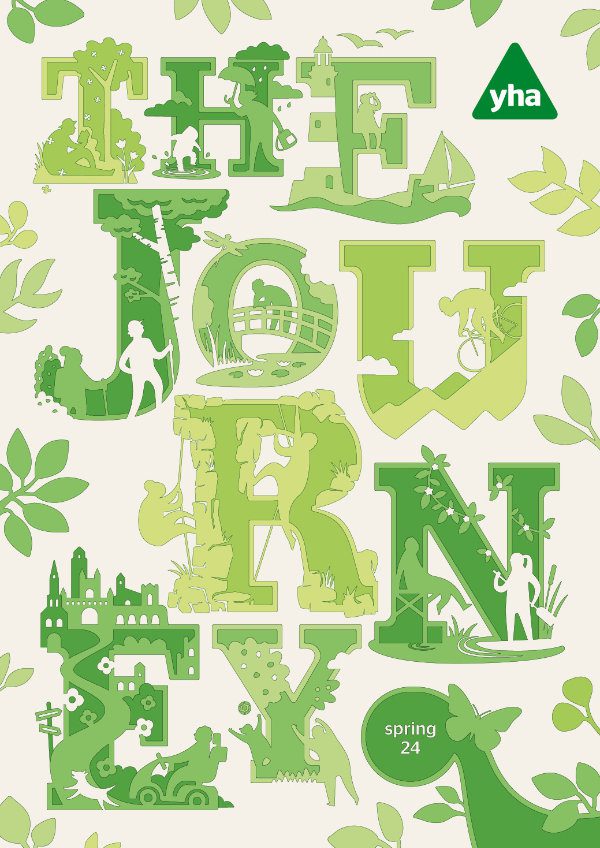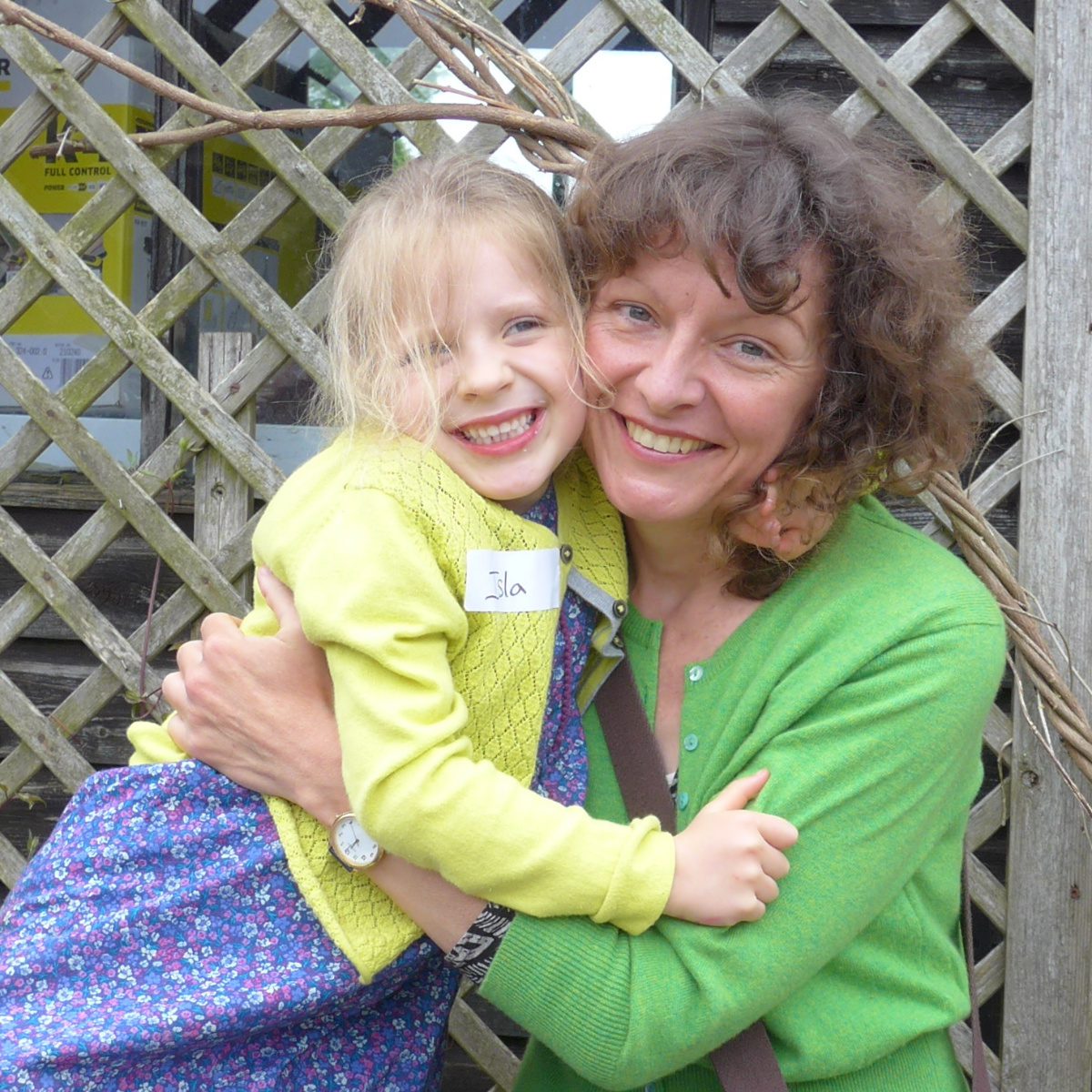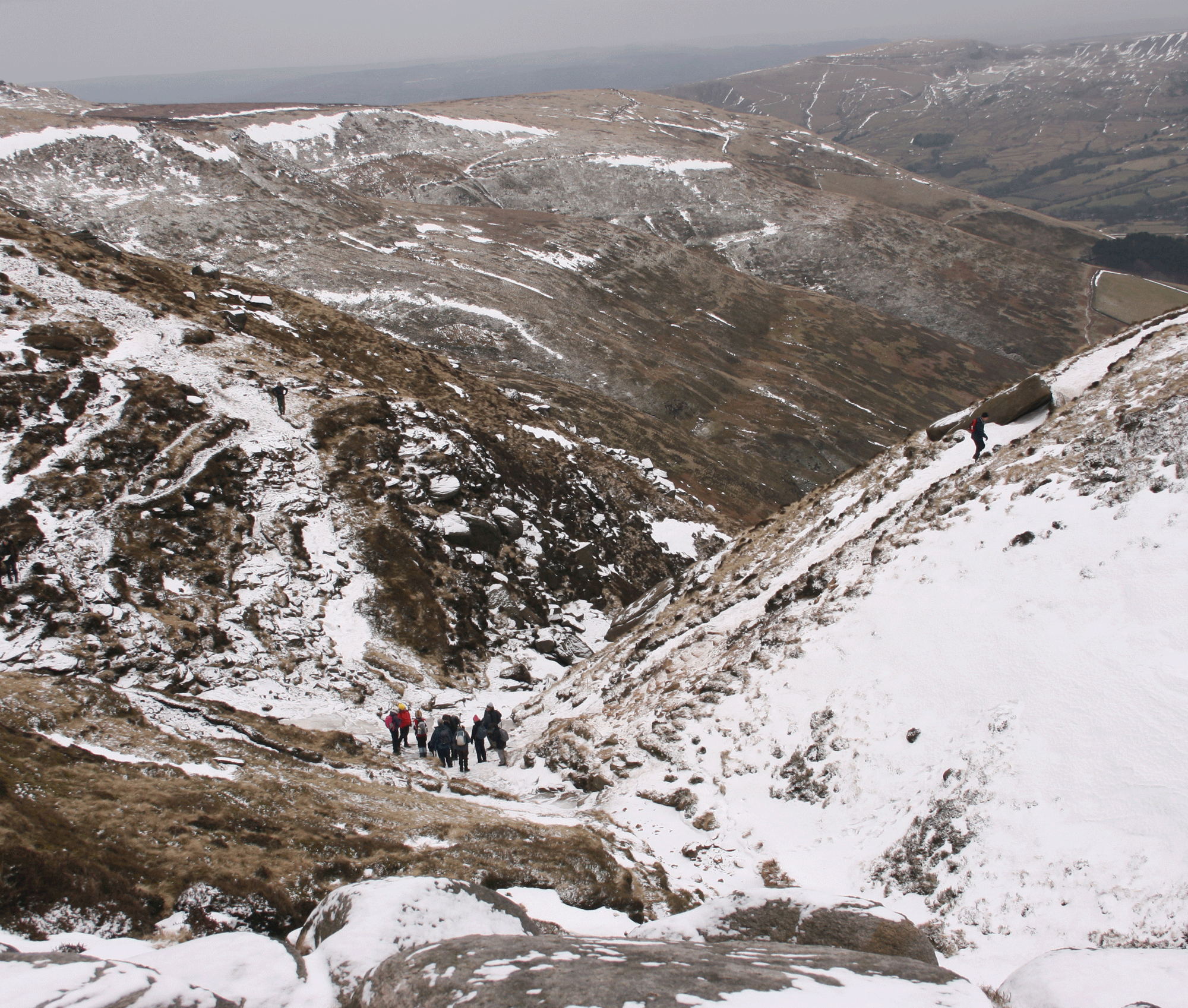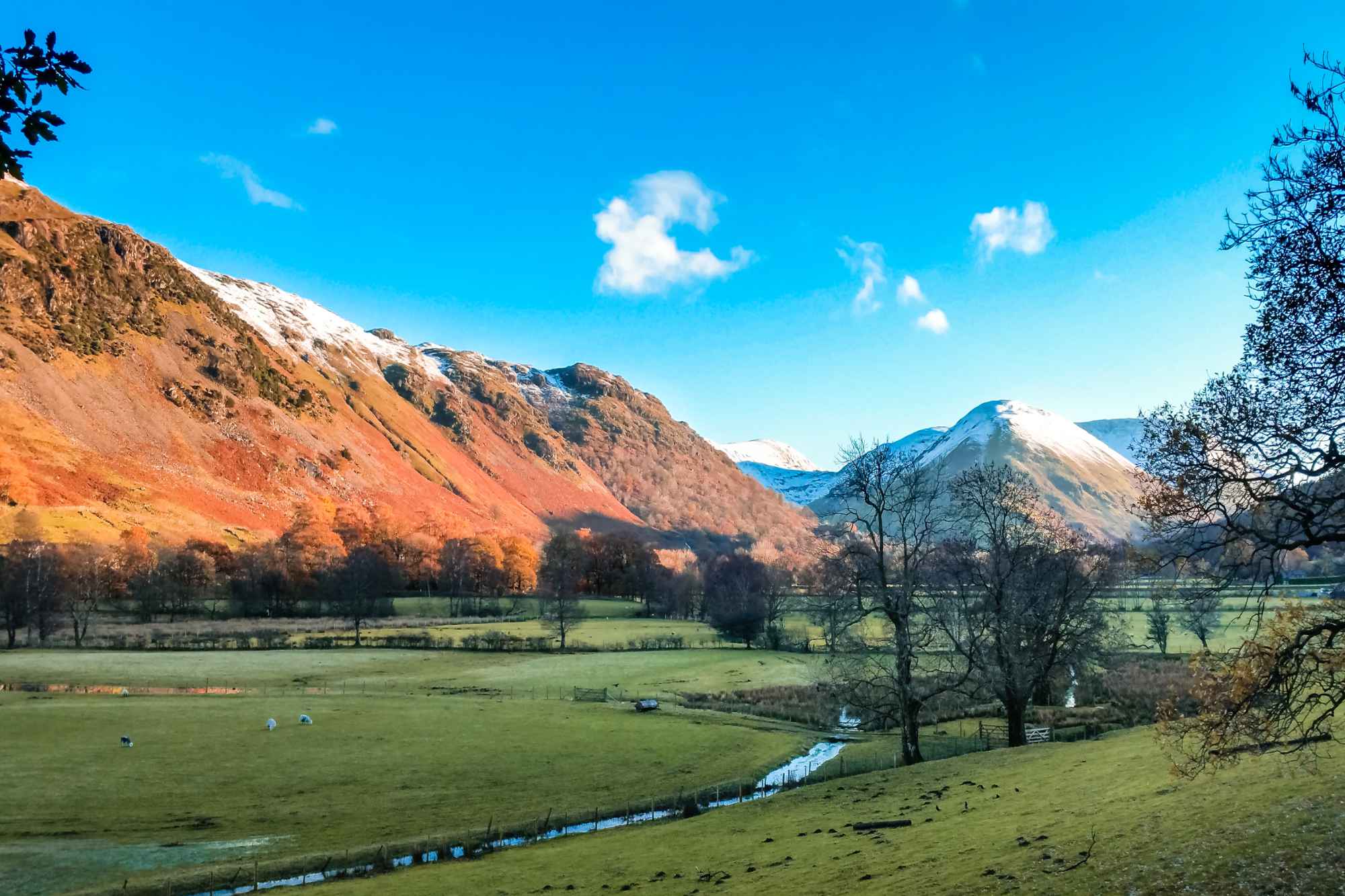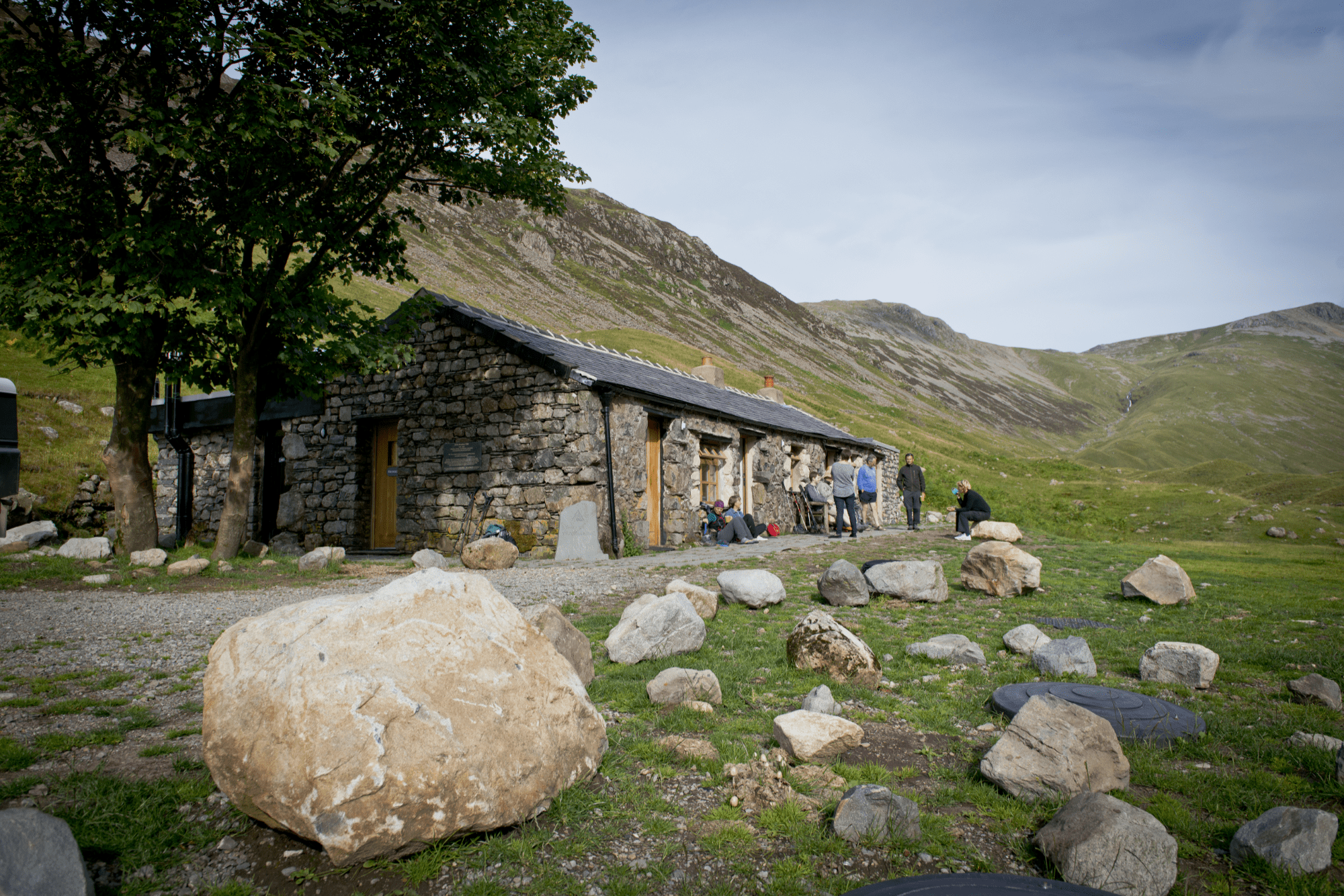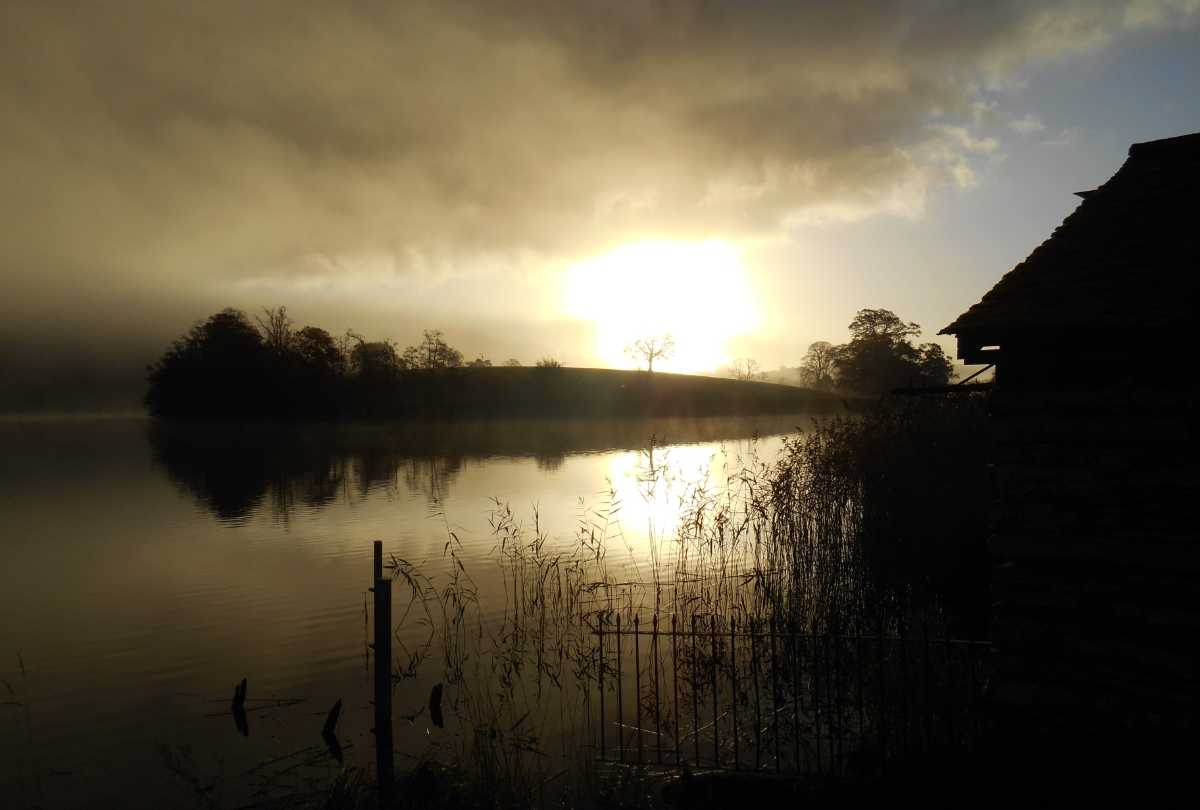Can any other words revive two hot and crumpled children as quickly as: “By the way, there are a couple of trampolines in the garden”?
We had arrived at YHA Cholderton Stonehenge on a sunny May evening, and it was a welcome oasis: a Wiltshire farmhouse built from warm brick and flint. We quickly unloaded, then repaired to the tranquil orchard for a reviving jump and a picnic. As the sun went down we watched a family of beautiful alpacas quietly cropping the grass among the buttercups.
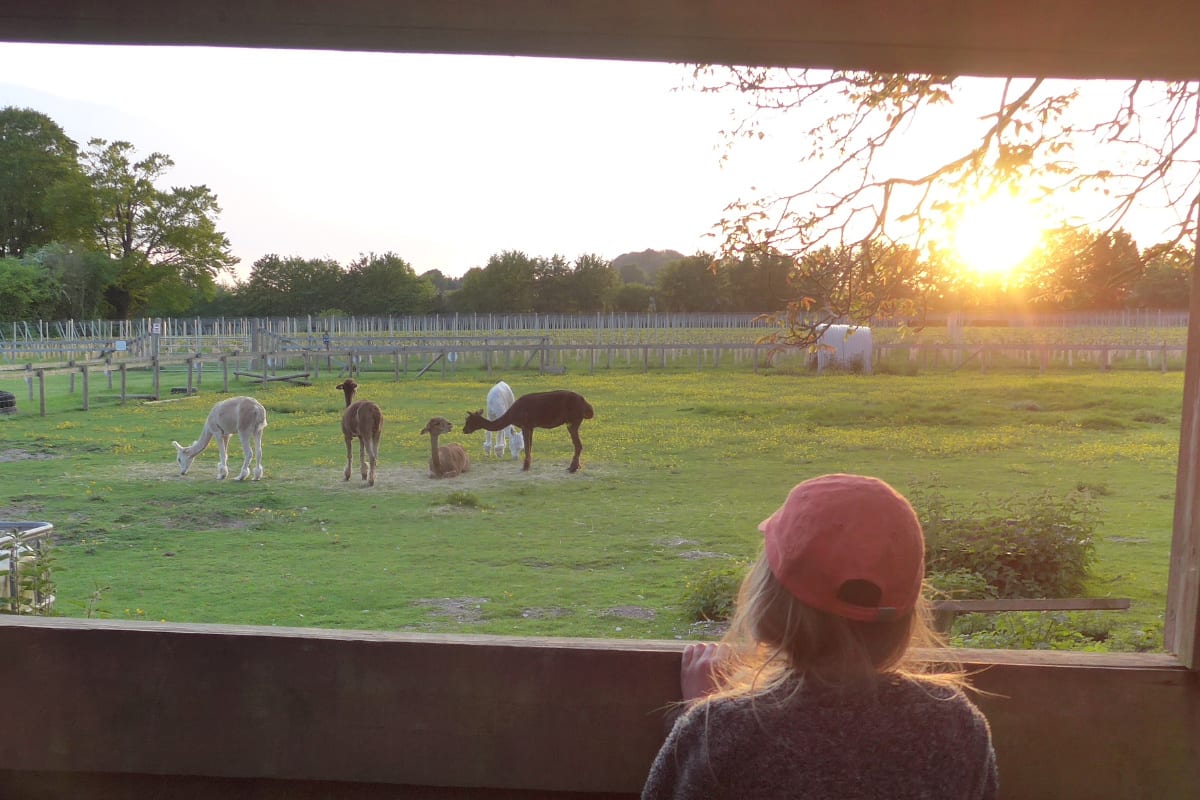
I was up early next day to do 500 jumps before breakfast. The alpacas didn’t laugh at me; nor did the peacocks or the house martins. By the time our children were awake it was time for the keeper to open up the bespoke guinea pig mansion by the hostel back door. The eldest, Cinderella, took her regular medicine before tucking into a tempting selection of celery and carrot sticks. “Weeek” she went, just like Olga da Polga in the stories by Michael Bond. This sound, the keeper told us, is one that guinea pigs have developed just for communicating with humans: they don’t use it among themselves.
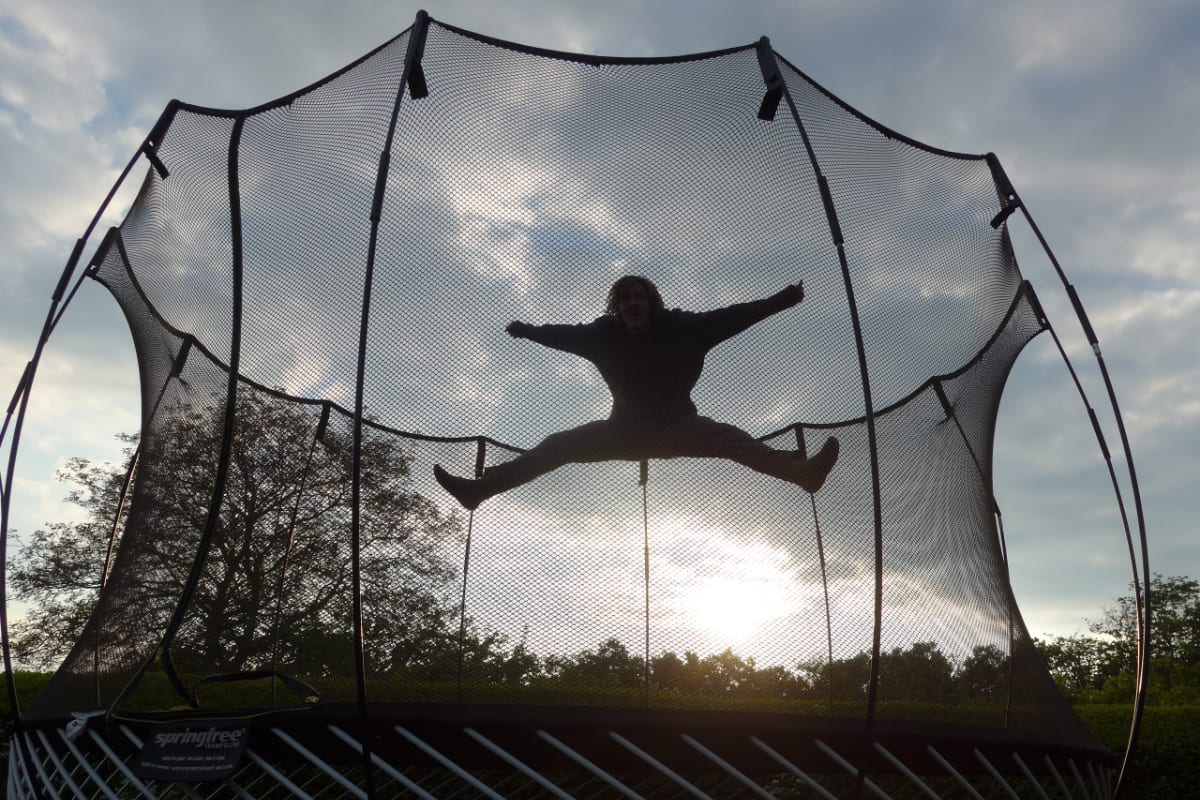
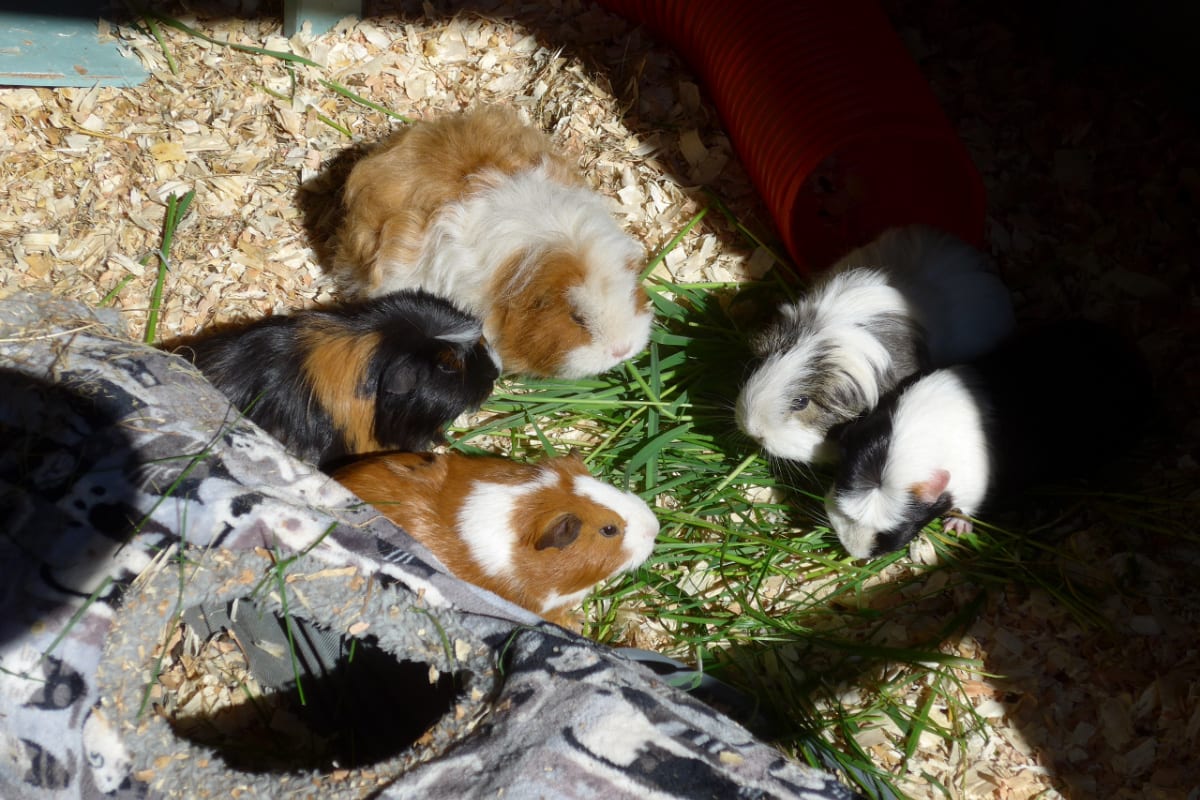
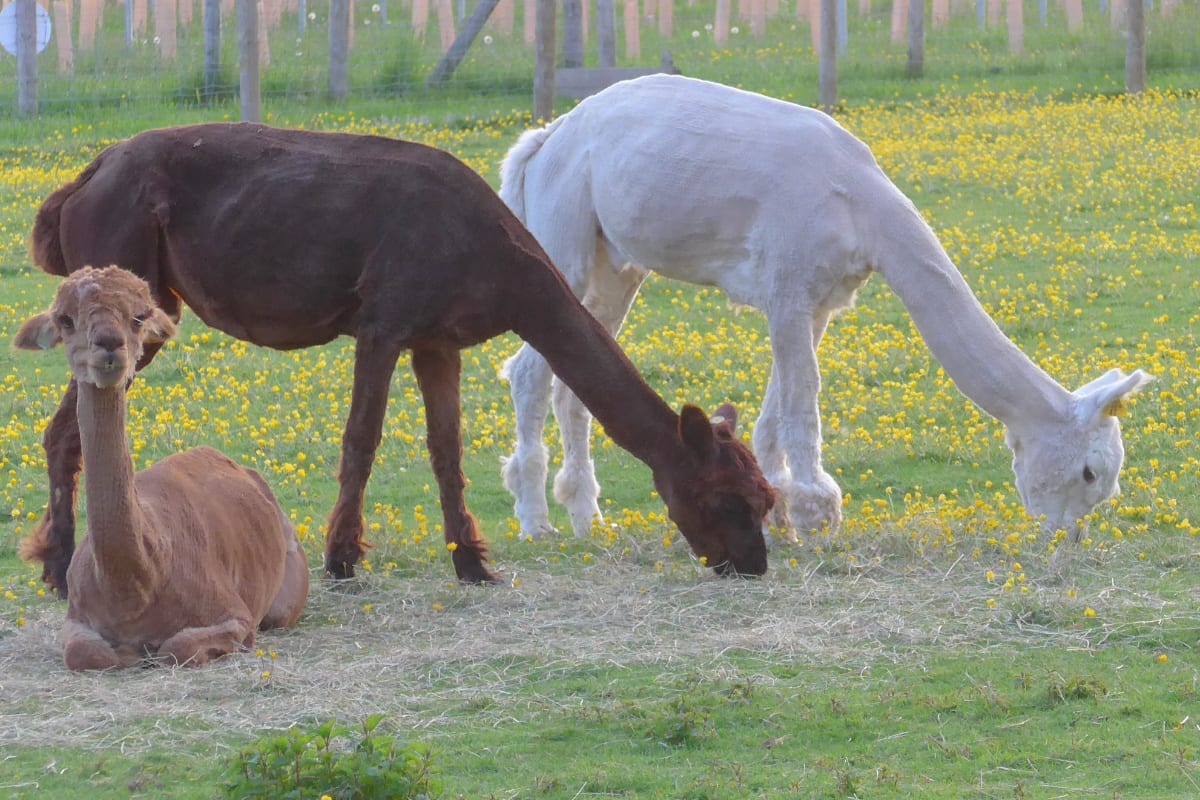
The unique thing about YHA Cholderton Stonehenge is its location at Cholderton Rare Breeds Farm near Salisbury. Entry to the farm is included in the price of a stay, making it excellent value for money. As we were already on site we were able to make the most of this opportunity: when the farm opened at 10am we bought two bags of feed and went to meet the iridescent chickens, a cockerel with a quiff, and the slightly terrifying turkey.
We watched the keeper feed a week-old orphaned piglet with a bottle of milk. It was an Oxfordshire Sandy and Black — also known affectionately as the ‘Plum Pudding’ — an ancient breed that has made a comeback in the last 20 years. We’d seen them earlier in the spring at the Harcourt Arboretum near Oxford, where they are kept because of their ability to keep the brambles in check without damaging tree roots. They have wonderfully expressive tails.

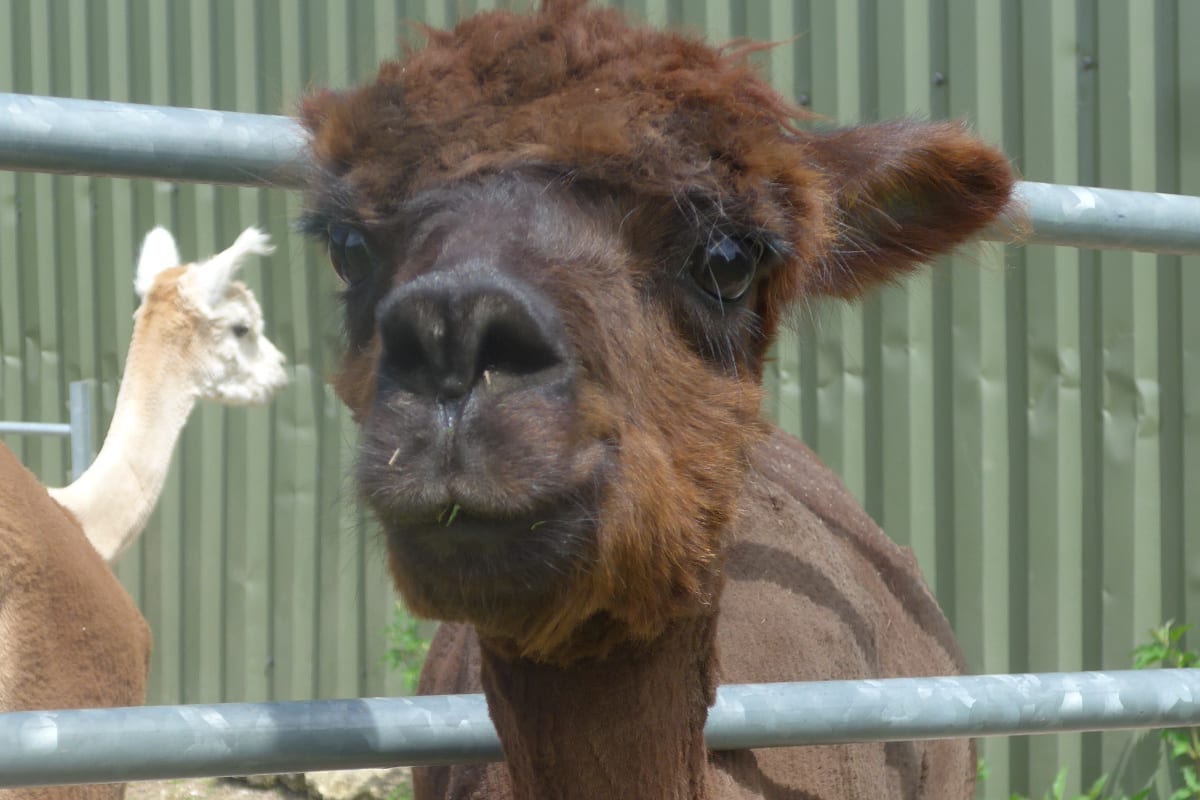
At 11 it was time for the pig race, a twice daily event at Cholderton. A group of young OSB pigs is released from their pen and run with great enthusiasm along a short, curving course and over a few obstacles such as old tyres, motivated by the mid-morning meal that awaits at the finish line. They are accompanied by lots of cheering from the sidelines.
Later we learned the story of the Golden Guernsey goats, a dairy breed that was nearly wiped out during the German occupation of Guernsey during World War II. A local woman called Miriam Milbourne protected a small herd of them, then in the 1950s began a breeding programme to increase their numbers. We also saw cows, sheep, geese, and ducks, and there was an opportunity for the children to have some ‘small animal encounters’, stroking bantams and guinea pigs in their laps.
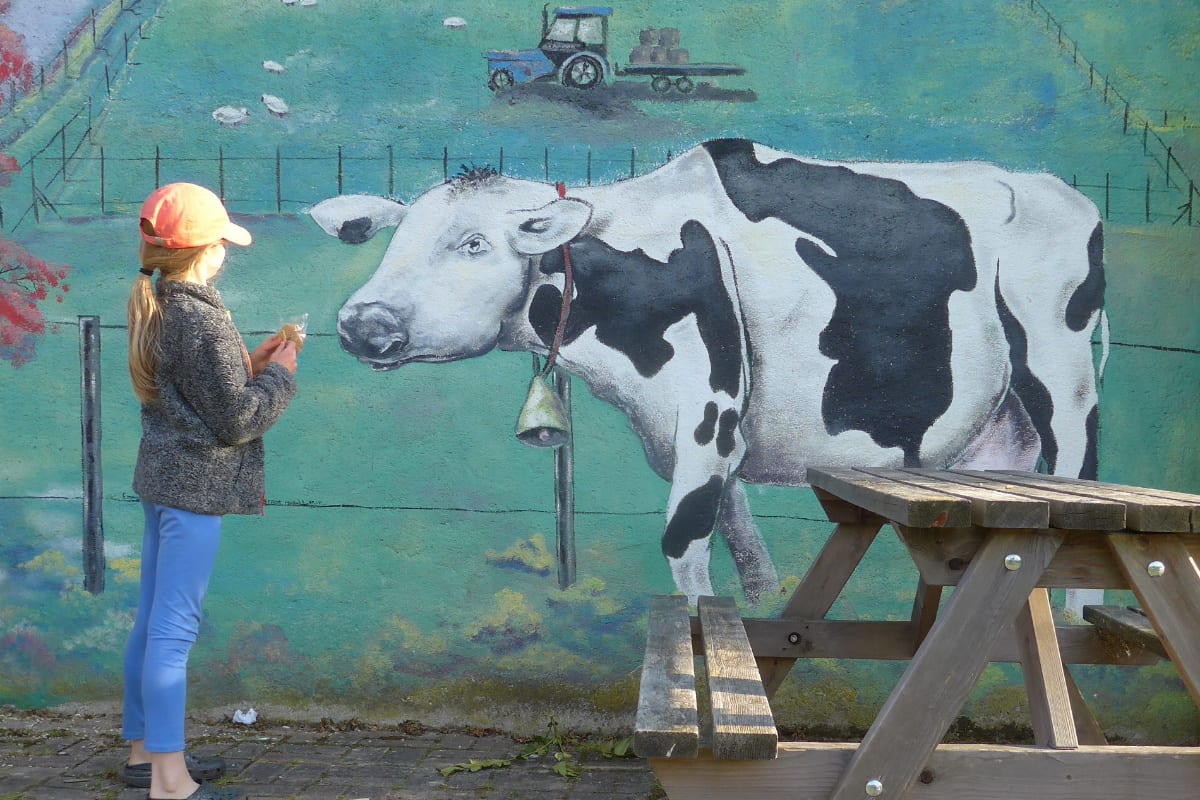
Though it had been quiet the previous evening, the farm was now busy with families enjoying a half-term weekend. There was even a wedding taking place in the milking barn, followed by photos in the farmyard.
Salisbury is only 11 miles away. I had forgotten what a beautiful city it is: not only does it have a spectacular cathedral but many lovely and varied buildings in the surrounding Close. We visited the peaceful walled garden of former Prime Minister Sir Edward Heath’s house, Arundells. Its lawn leads down to the confluence of the Avon and Nadder rivers, with an outlook over willows and water meadows. A local theatre group was rehearsing a production of The Great Gatsby, complete with a jazz band.

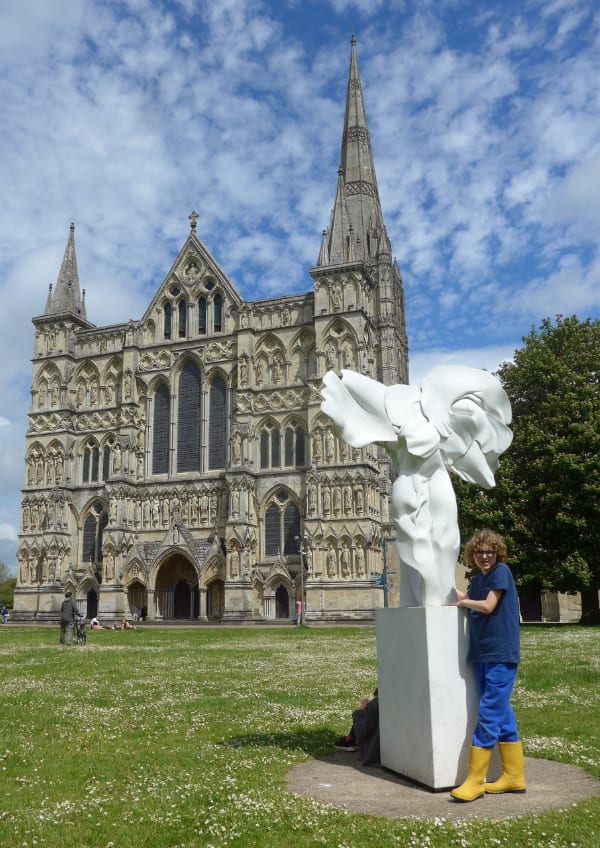
The insect-friendly trend towards letting the grass grow had been taken up here, with No Mow May, and the grass in Choristers’ Green, where we ate our picnic, was covered in daisies. A man with a telephoto lens was trying to capture the peregrine falcon fledglings as they left their nest in the tower of the cathedral.
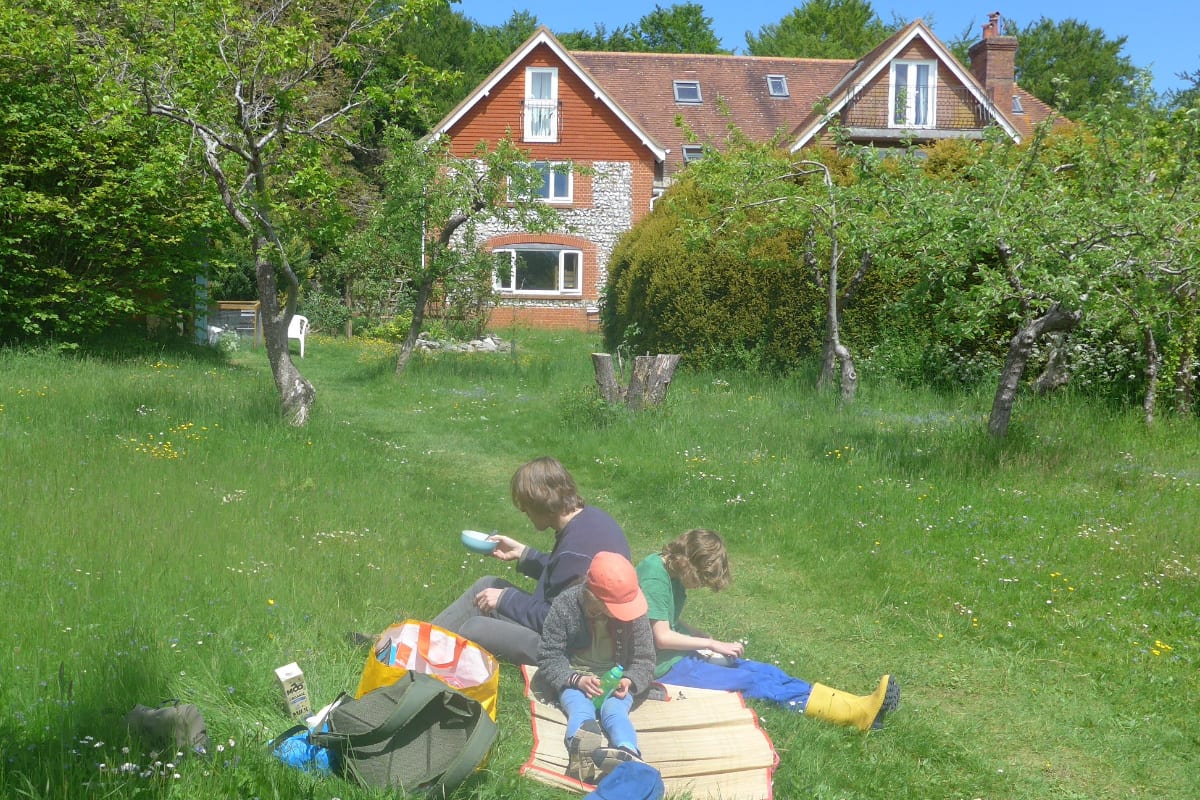
Stonehenge and the Iron Age hill fort at Old Sarum are nearby too, but we left those for another time and headed for YHA Swanage.
Read more of Jenny’s blogs.
Need some inspiration for summer stays? Discover summer breaks with YHA.



